- +(86) 18681141326
- sales@polysmarts.com
- Building 2, No. 8, Guangbao Road, Qishi Town, Guangdong Province, CN
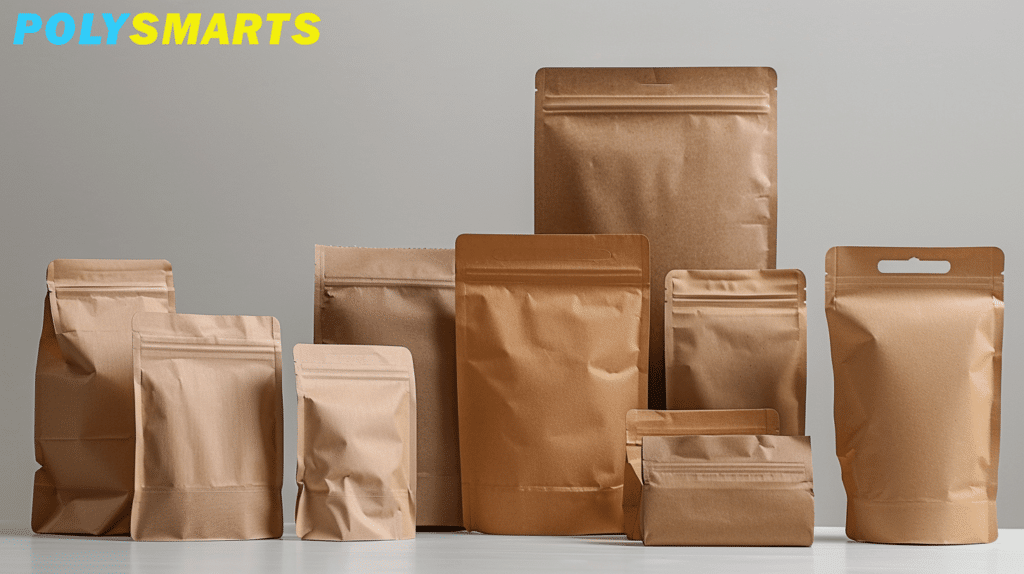
When creating custom paper bags for your business, the choice of raw materials is crucial. The right material can not only protect your products but also enhance your brand’s visual appeal and sustainability efforts. In this article, we’ll explore the 7 most common materials used for paper bags and share tips on how to choose the best one for your needs.
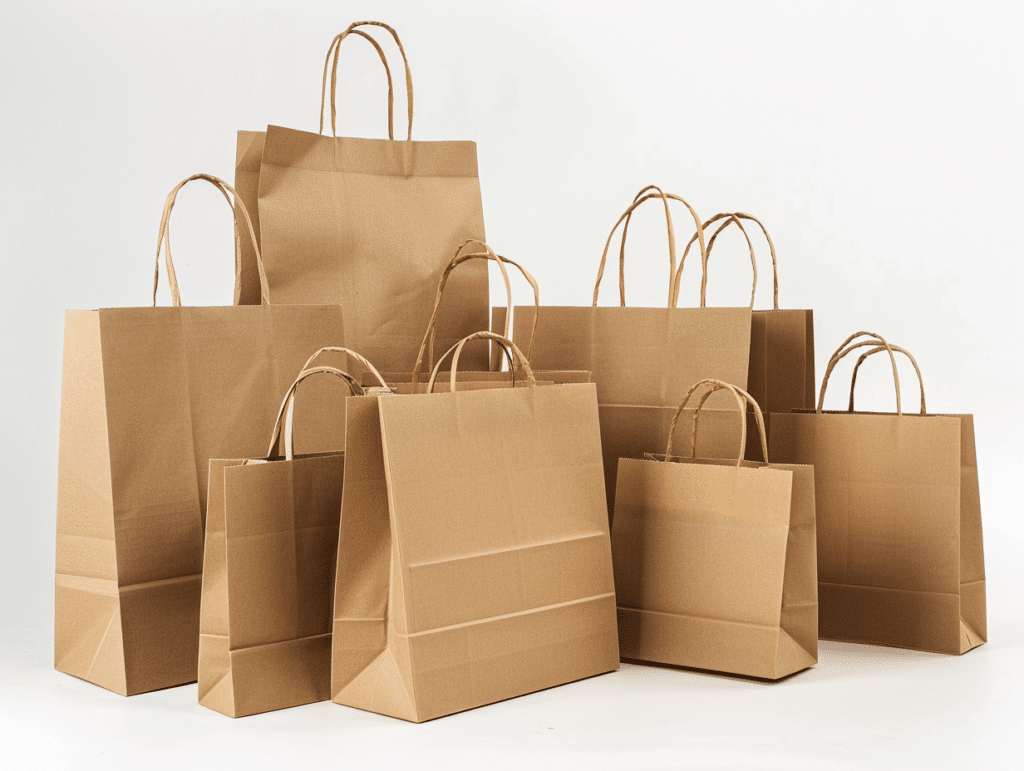 1. Kraft paper is the classic choice for paper bags, known for its natural brown color, durability, and eco-friendly properties. Derived from softwood trees, kraft paper bags are biodegradable and recyclable, making them a popular option for businesses looking to promote their sustainability.
1. Kraft paper is the classic choice for paper bags, known for its natural brown color, durability, and eco-friendly properties. Derived from softwood trees, kraft paper bags are biodegradable and recyclable, making them a popular option for businesses looking to promote their sustainability.2. White Paperboard For a more sophisticated and luxurious look, white paperboard bags are a great option. The bright, clean appearance of these bags makes them ideal for high-end products, corporate events, and gift-giving.
3. Art Paper Also known as coated paper, art paper bags have a smooth, glossy texture that allows for vibrant printing and color customization. This material is perfect for businesses looking to showcase their brand’s creativity through eye-catching designs.
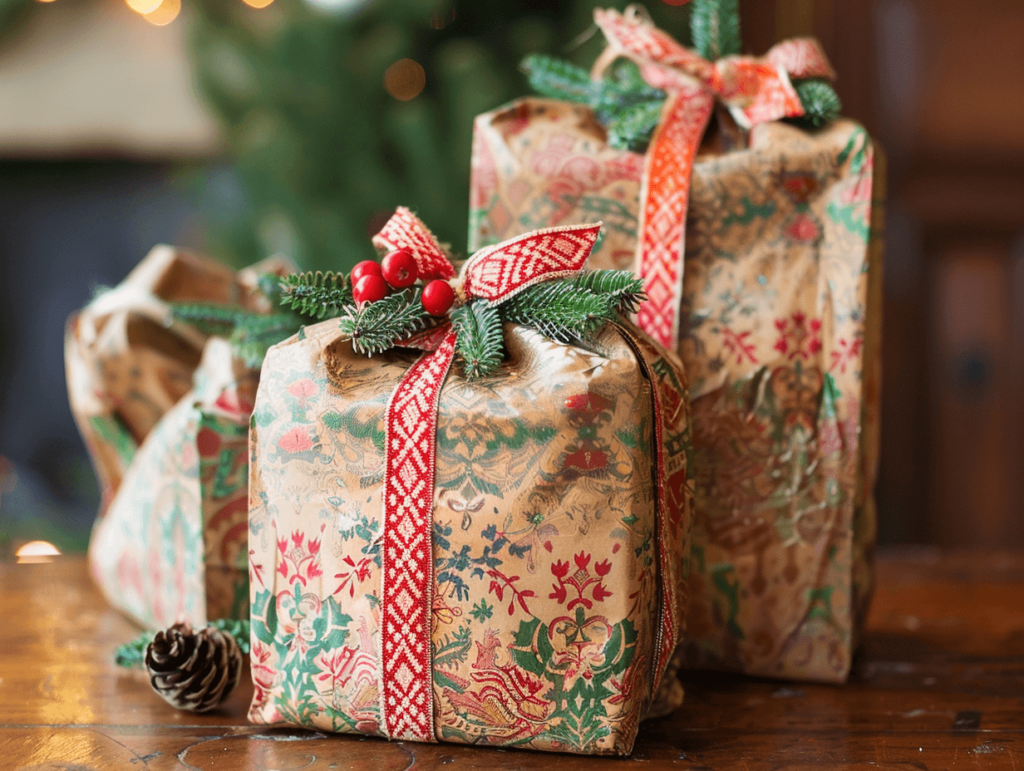
4. Wrapping Paper Wrapping paper bags are laminated to provide enhanced strength, moisture resistance, and hygienic properties, making them suitable for food packaging and other sensitive items. The lamination also allows for printing on both sides of the paper.
5. Corrugated Paper For extra durability, corrugated paper bags feature a wavy, multi-layered structure that can withstand heavier loads and provide superior protection for your products.
6. Recycled Paper If sustainability is a key priority, consider using recycled paper for your custom paper bags. Recycled paper bags not only reduce waste but also contribute to a more eco-friendly brand image.
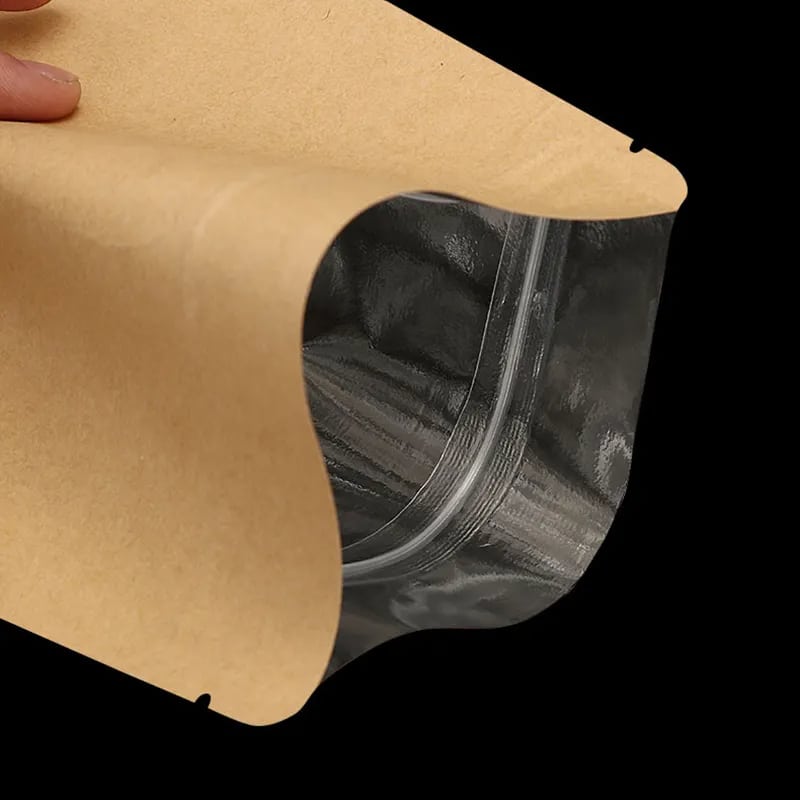
7. Special Paper Specialized paper materials, such as metallic, cellulose, or aluminum foil-lined paper, can be used for specific purposes like food preservation or static protection. These options may be more expensive but can meet unique product requirements.
By considering these factors, you can choose the perfect paper bag material that balances functionality, visual appeal, and environmental responsibility, ultimately enhancing your brand’s image and customer experience.
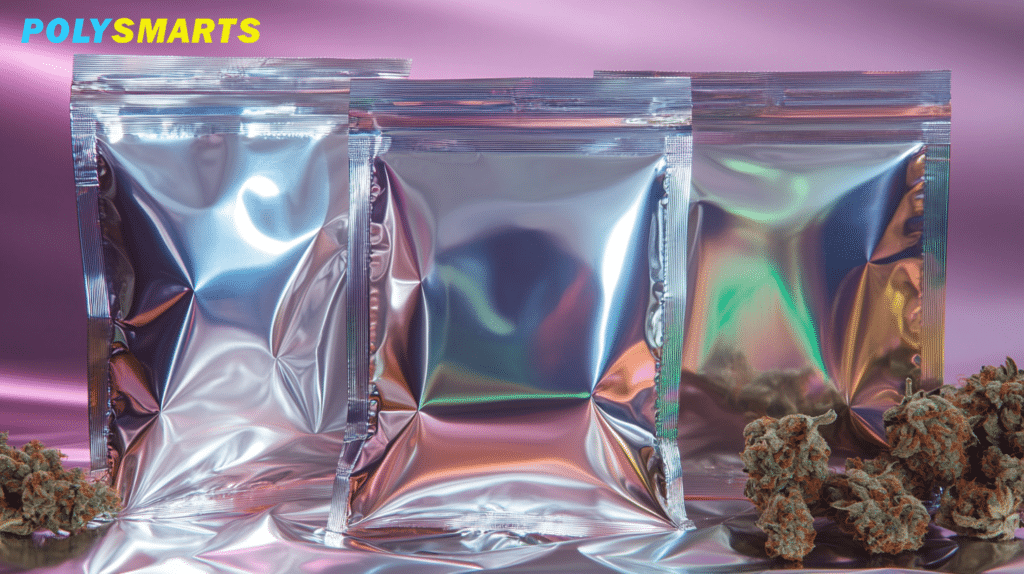
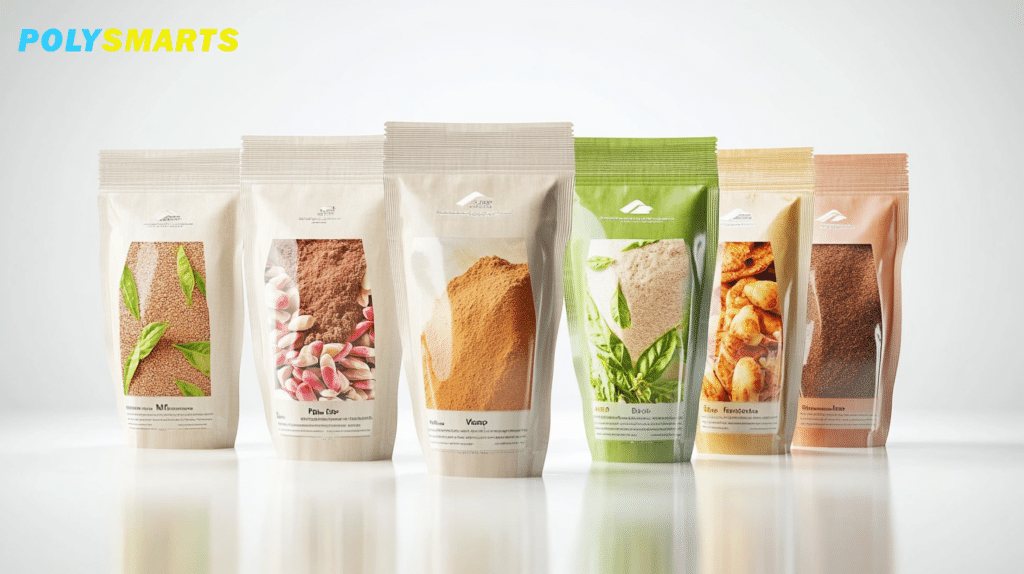
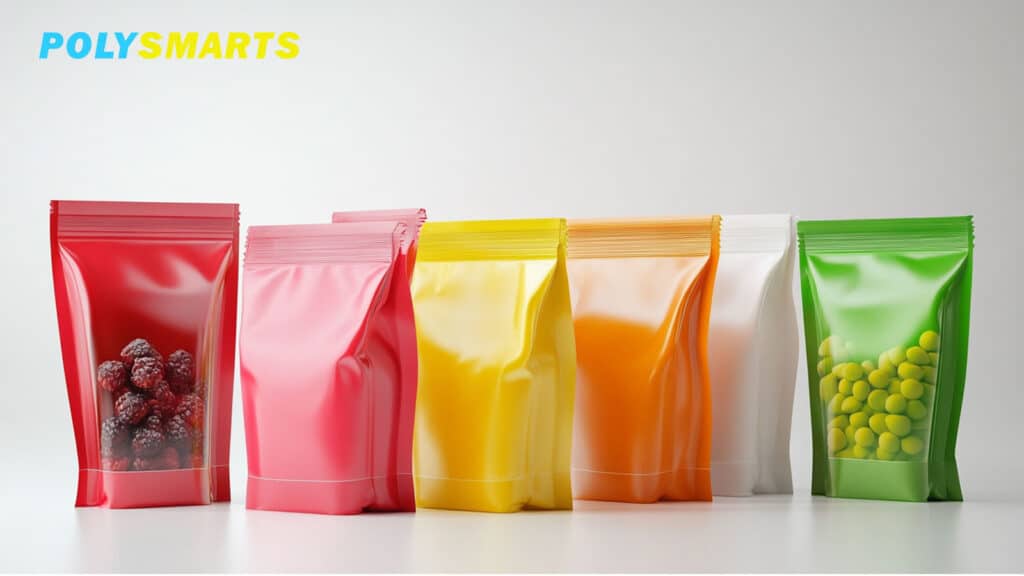
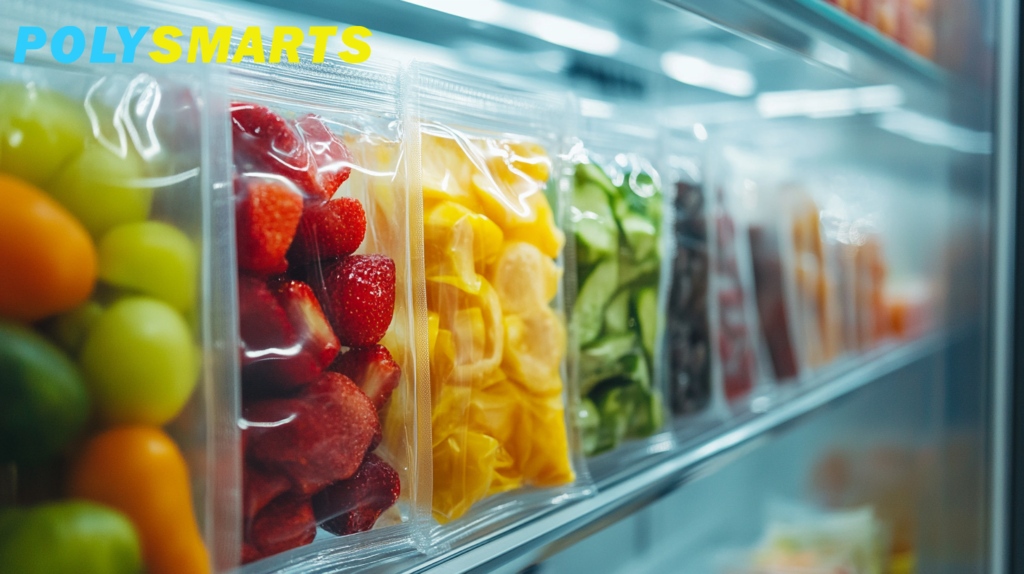
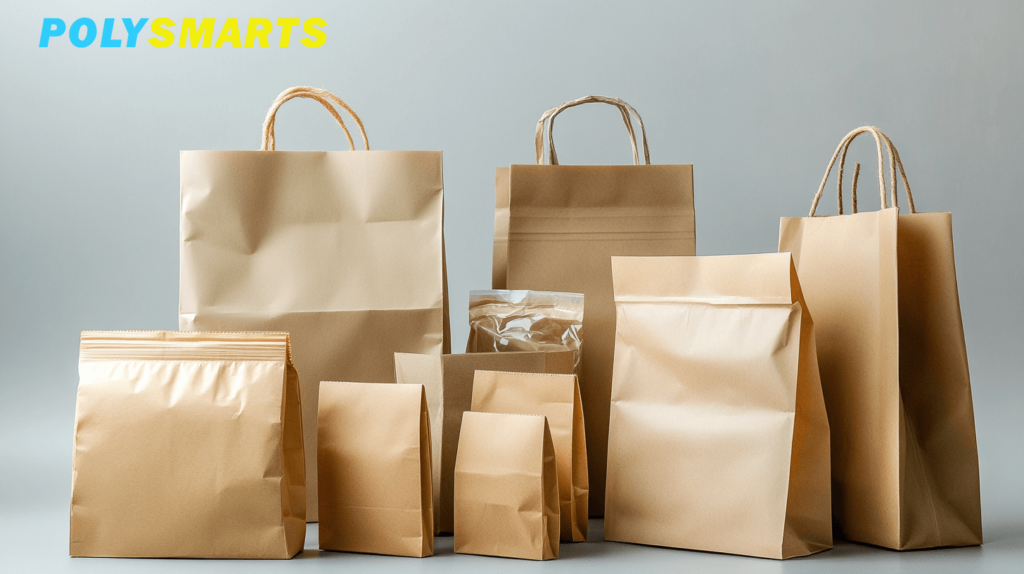
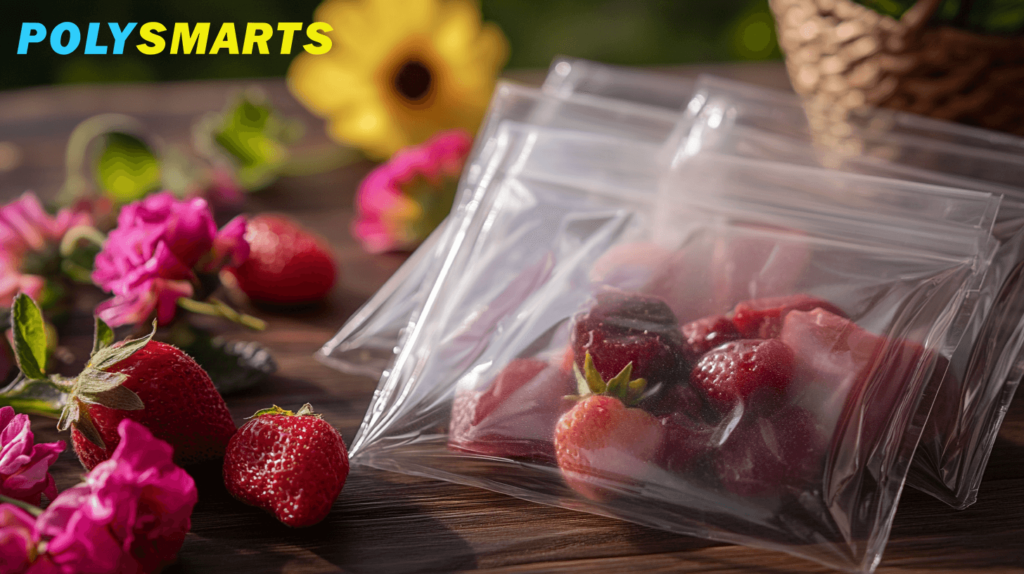
Simply fill out the form below as best you can. Don’t worry the details.
Flexible packaging bags offer superior versatility compared to rigid packaging. Learn how these innovative bags can be customized for countless applications from food to medical uses.